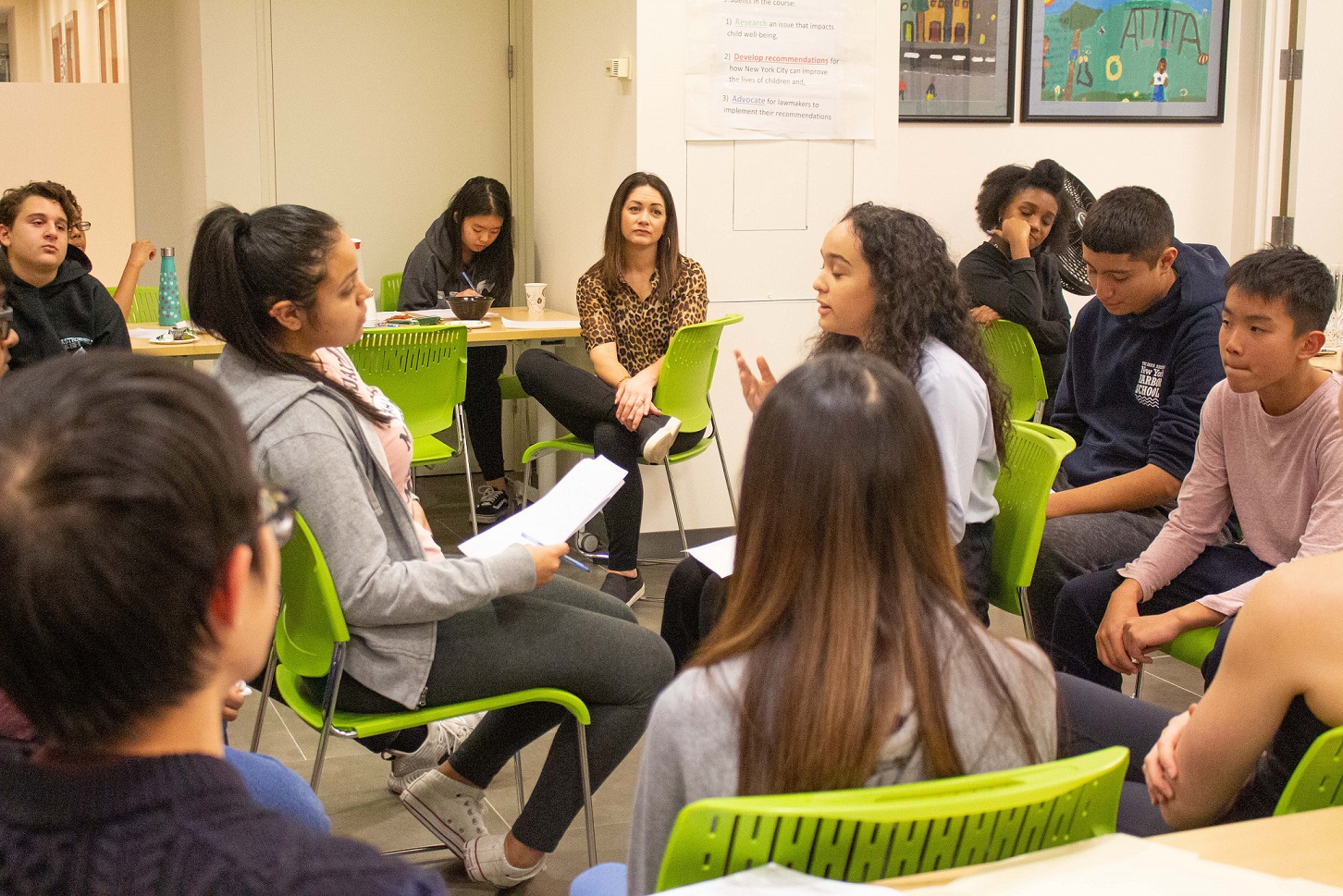Hidden Opportunity: How Sports Power Infrastructure Is Turning Culture Into Capital

When the Hidden Opportunity Summit swept across New York City in August 2025, it wasn’t billed as a standard conference. It was described as a movement. Three days. Three boroughs. Hundreds of young people. Panels packed with executives from Nike, Fenty, the NFL, and the Philadelphia 76ers. And a finale at Harlem’s legendary Rucker Park that blended basketball with economic empowerment.
On the surface, the event looked like a celebration of culture. But beneath the energy was something more deliberate: a new model for how business, sports, and community can intersect. One of the key architects of this vision is Sports Power Infrastructure (SPI), a rising force that views sports not as entertainment but as infrastructure—an untapped system for powering local economies, compliance, and community growth.
Summits are often criticized for delivering inspiration without outcomes. The Hidden Opportunity Summit flipped that script.
In the Bronx, kids as young as eight attended financial literacy workshops and clean energy demos before receiving new backpacks for school. In Brooklyn, young adults walked away with OSHA training opportunities, career pathways in aviation, and even direct exposure to the Long Island Nets’ front office. By the time Harlem’s HBCU All-Star Dream Classic closed out the program, a $10,000 scholarship for financial literacy was awarded on center court.
The metrics underscore the scale: 400 youth and young adults engaged, 40+ professionals activated, 200+ food bags distributed, and tangible resources like a 3D printer donated to a local high school.
For SPI, those outcomes represent more than philanthropy. They are proof of concept.
That philosophy is central to SPI’s model. The company embeds sports-driven engagement into the lifecycle of public and private infrastructure projects. The payoff? Developers meet local workforce and small-business contracting requirements. Communities see direct economic benefits. And athletes become ambassadors of opportunity.
This alignment is particularly relevant in today’s regulatory climate. Across the U.S. and globally, local and domestic content mandates are reshaping how projects get funded, permitted, and built. Companies that meet those standards unlock billions in tax incentives and government funding. Those that don’t risk delays or disqualification.
SPI helps turn compliance into competitive advantage.
The Hidden Opportunity Summit is part of a larger movement Fortune has been tracking: the merging of cultural capital with economic capital.
Nike has long used sports to shape identity. The NFL has invested in workforce pathways through its Inspire Change initiative. But SPI’s approach is more systemic—tying sports events, showcases, and training programs directly to supply chains and job pipelines.
It’s a strategy that reflects a growing reality: public trust and public benefit are now market forces. For investors, that means projects with strong local content and community outcomes face fewer risks and faster approvals. For communities, it means development isn’t something done to them, but with them.
The Hidden Opportunity Summit won’t be remembered only for the panels, the giveaways, or the Rucker Park spotlight. Its real legacy is the model it showcased—one where compliance, culture, and capital converge.
As Tiffany James, CEO of MBG360, put it: “When you combine culture, access, and actionable tools, you can change the trajectory of lives.”
That’s exactly what Sports Power Infrastructure and its partners demonstrated in New York. And if SPI has its way, it’s just the beginning of a national playbook for growth.
.jpg)
Subscribe to the SPI Newsletter
Partner with us to bring official Sports Power Infrastructure coach clinics and programs to your community, and become a recognized Host Training Partner.






